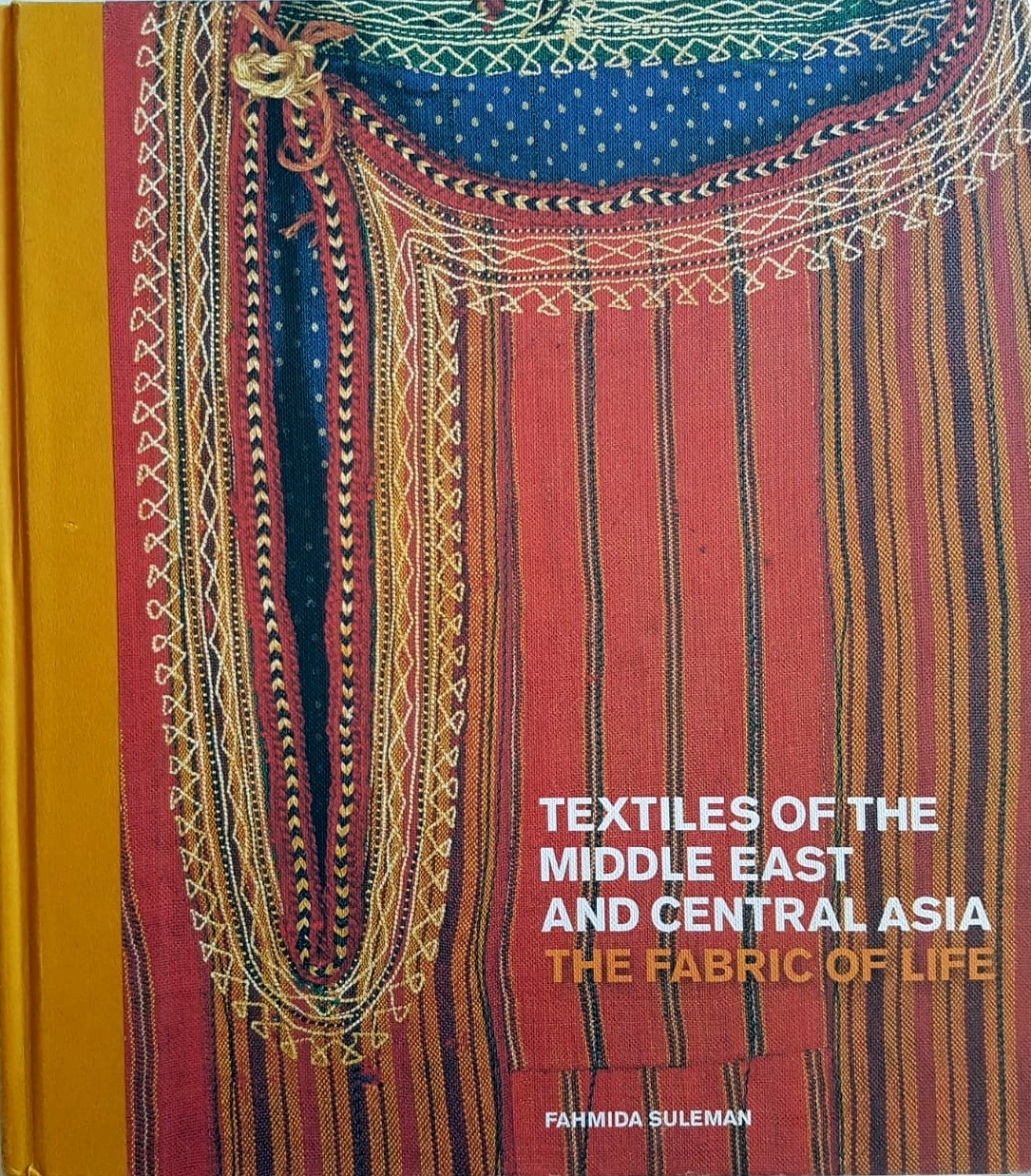Summary of the book
Textiles of the Middle East and Central Asia explores the significance and beauty of textiles from across this vast and culturally diverse region dating from the late eighteenth century to the present day. From the intricate embroidery on a Palestinian wedding dress to the complex iconography on an Afghan war rug, textiles reflect the beliefs, practices and experiences of people from these lands.
The book is arranged thematically, enabling cross-regional comparisons of the function and symbolic meaning of textiles. Five chapters relate to facets or phases of a person’s life in which textiles feature prominently: childhood, marriage and ceremony, status and identity, religion and belief, and house and homestead. A final chapter includes contemporary works that grapple with modern political issues.
The textiles featured include men’s, women’s and children’s garments, hats and headdresses, mosque curtains and prayer mats, floor-coverings, tent-hangings, hand towels and cushions, storage sacks, purses and cosmetic pouches, dolls and souvenirs, animal trappings and amulets. Focusing on the British Museum’s remarkable collection, Textiles of the Middle East and Central Asia offers a wealth of creative inspiration and is essential reading for anyone interested in textiles and the cultures of one of the world’s most fascinating and richly varied regions.
Publication Type
- Book



